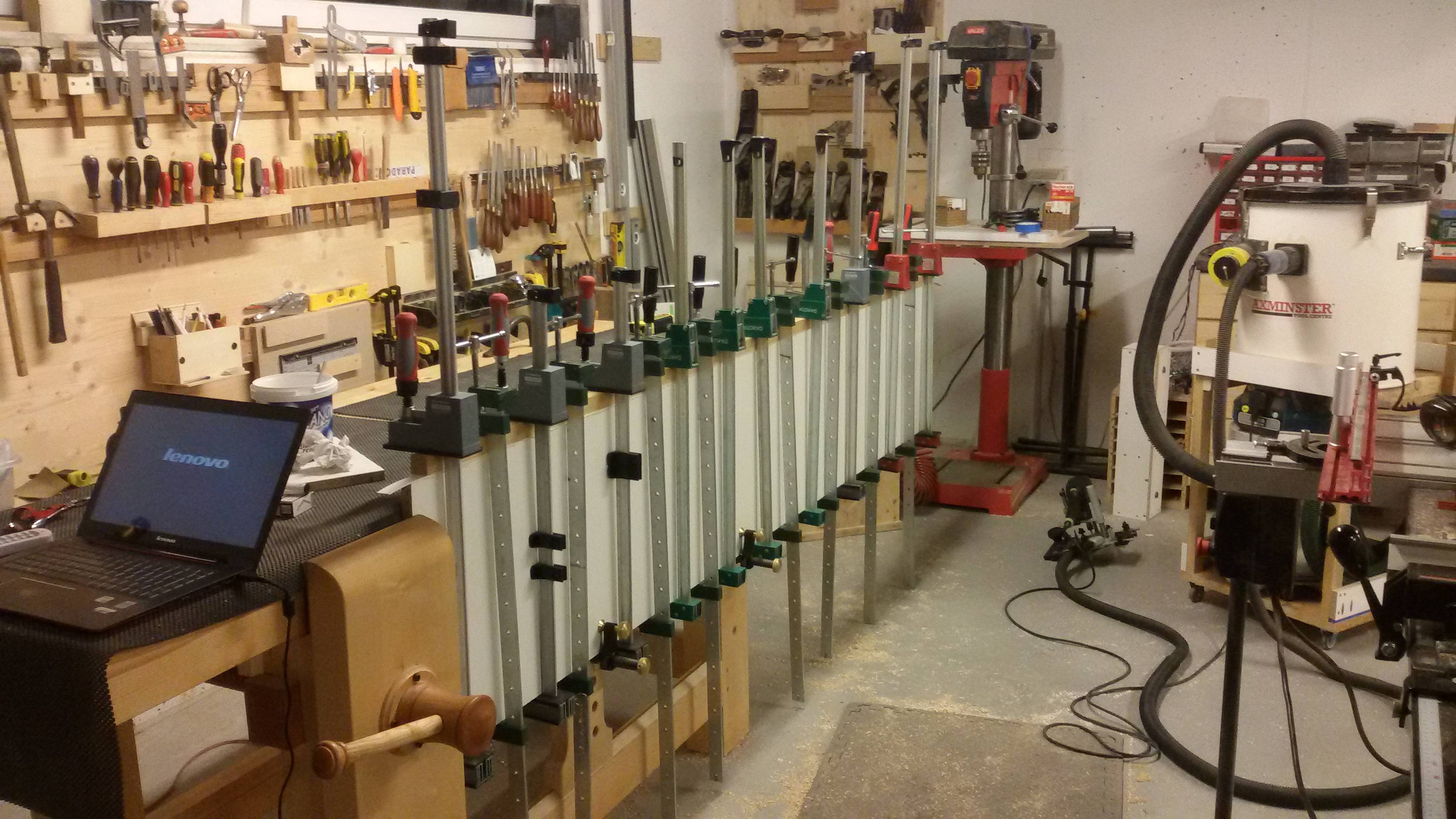Hi Everyone
I've only ever used pre glued edging tape before but I've got a cabinet to build with a eneered board that my supplier can only provide the edging (0.5,1, 2 or 3mm) all unglued.
I don't have an edgebander and I don't have a vacuum press etc plus some of the boards that will need edging will be over 2mlong.
Id be really grateful for any advice on how i can get these done. I've read that contact cement will leave a very visible glue line so would rather avoid this. Can I apply glue to the banding that is then activated by heat (ie make my own preclude banding) with any ease?
Many thanks and happy Easter!
Aidex
I've only ever used pre glued edging tape before but I've got a cabinet to build with a eneered board that my supplier can only provide the edging (0.5,1, 2 or 3mm) all unglued.
I don't have an edgebander and I don't have a vacuum press etc plus some of the boards that will need edging will be over 2mlong.
Id be really grateful for any advice on how i can get these done. I've read that contact cement will leave a very visible glue line so would rather avoid this. Can I apply glue to the banding that is then activated by heat (ie make my own preclude banding) with any ease?
Many thanks and happy Easter!
Aidex






